Home>Storage & Organization>Closet & Wardrobe Organization>How To Organize Seasonal Clothes


Closet & Wardrobe Organization
How To Organize Seasonal Clothes
Published: March 1, 2024
Learn how to efficiently organize your seasonal clothes with our expert tips for closet and wardrobe organization. Streamline your storage and maximize space today!
(Many of the links in this article redirect to a specific reviewed product. Your purchase of these products through affiliate links helps to generate commission for Storables.com, at no extra cost. Learn more)
Benefits of Organizing Seasonal Clothes
Organizing your seasonal clothes can bring a multitude of benefits to your life and your home. Here are some of the key advantages:
-
Maximizing Space: By organizing your seasonal clothes, you can free up valuable space in your closet and drawers, making it easier to find and access the clothes you need.
-
Reducing Clutter: Clutter can cause stress and anxiety, and by organizing your seasonal clothes, you can create a more peaceful and harmonious living environment.
-
Preserving Clothing: Properly storing your seasonal clothes can help prevent damage such as wrinkles, fading, and stretching, extending the lifespan of your garments.
-
Saving Time: When your seasonal clothes are organized, you can quickly and easily find the items you need, saving time during busy mornings or when getting ready for special occasions.
-
Easier Transition: Organizing your seasonal clothes makes it simpler to transition between seasons, allowing you to enjoy a smooth and efficient process when swapping out your wardrobe.
-
Enhancing Style: With an organized wardrobe, you can better assess what you have, making it easier to mix and match different pieces to create stylish and cohesive outfits.
-
Financial Savings: By taking care of your seasonal clothes and keeping them organized, you may reduce the need to replace damaged or misplaced items, saving you money in the long run.
By recognizing and embracing these benefits, you can motivate yourself to tackle the task of organizing your seasonal clothes and enjoy the positive impact it can have on your daily life.
Key Takeaways:
- Maximize space, reduce clutter, and save time by organizing seasonal clothes. Enjoy a more stylish and efficient wardrobe while preserving clothing and saving money in the long run.
- Sort, declutter, and rotate your seasonal wardrobe to maintain an organized and functional clothing system. Regular maintenance and mindful purchases help preserve the quality and longevity of your clothes.
Read more: How To Store Off Season Shoes
Sorting and Decluttering Your Wardrobe
When it comes to organizing your seasonal clothes, the first step is to sort through and declutter your wardrobe. This process involves going through each item of clothing and deciding whether to keep, donate, or discard it. Here are some tips to help you effectively sort and declutter your wardrobe:
-
Start with a Plan: Before diving into the task, it's helpful to have a plan in place. Set aside dedicated time to focus on sorting and decluttering your wardrobe. Having a plan can help you stay focused and motivated throughout the process.
-
Empty Your Closet: Take out all of your seasonal clothes and lay them out in a designated area. This allows you to see everything you have and makes it easier to assess each item.
-
Use the Three-Pile Method: As you go through your clothes, create three piles: keep, donate, and discard. Be honest with yourself about each item, considering whether you have worn it in the past year, if it still fits well, and if it's in good condition.
-
Consider Your Lifestyle: When deciding whether to keep or discard an item, consider your current lifestyle and the practicality of each piece. If you no longer have a need for certain items, it may be time to let them go.
-
Be Ruthless: It can be tempting to hold onto items for sentimental reasons, but it's important to be ruthless when decluttering. If an item no longer serves a purpose or brings you joy, it may be time to part ways with it.
-
Organize as You Go: As you sort through your clothes, start organizing them into categories such as tops, bottoms, dresses, and outerwear. This can help you see what you have and make it easier to store them later.
-
Don't Forget Accessories: In addition to clothing, don't forget to sort through your accessories such as shoes, scarves, belts, and jewelry. These items can also contribute to clutter if not properly organized.
By following these tips and taking the time to sort and declutter your wardrobe, you can create a more streamlined and organized space for your seasonal clothes. This process sets the foundation for a well-organized wardrobe and makes it easier to move on to the next steps of storing and maintaining your clothing.
Choosing the Right Storage Solutions
When it comes to organizing your seasonal clothes, choosing the right storage solutions is crucial for maintaining a tidy and efficient wardrobe. Here are some key considerations to keep in mind when selecting storage solutions for your seasonal clothing:
-
Assess Your Space: Before investing in storage solutions, assess the available space in your home. Consider the size of your closet, the layout of your bedroom, and any additional storage areas such as under-bed space or overhead shelves.
-
Utilize Closet Organizers: Closet organizers, such as hanging shelves, shoe racks, and drawer dividers, can maximize the space within your closet. These organizers help separate different types of clothing and accessories, making it easier to locate specific items when needed.
-
Invest in Quality Hangers: Quality hangers can make a significant difference in maintaining the shape and condition of your clothing. Consider investing in slim, non-slip hangers for delicate items and sturdy wooden hangers for coats and heavy garments.
-
Utilize Under-Bed Storage: Under-bed storage containers are an excellent option for storing off-season clothing. Opt for low-profile containers that can easily slide in and out from under the bed, keeping your seasonal clothes out of sight but easily accessible.
-
Consider Vacuum-Sealed Bags: Vacuum-sealed storage bags are ideal for compressing bulky items such as winter coats and sweaters. These bags help save space and protect your clothing from dust, moisture, and pests.
-
Use Clear Storage Bins: Clear plastic storage bins allow you to see the contents at a glance, making it easier to identify the items stored inside. Label the bins with the specific season or type of clothing to streamline the retrieval process.
-
Maximize Vertical Space: Take advantage of vertical space by installing additional shelving or utilizing stackable storage units. This approach can help accommodate a larger quantity of seasonal clothing while keeping the area organized and easily accessible.
-
Protect Delicate Items: For delicate or special occasion clothing, consider investing in garment bags or storage boxes to protect them from dust, light, and potential damage. These protective solutions are essential for preserving the quality of your seasonal wardrobe.
By carefully selecting the right storage solutions for your seasonal clothes, you can create an organized and efficient system that maximizes space, protects your clothing, and simplifies the process of rotating your wardrobe throughout the year.
Store off-season clothes in vacuum-sealed bags to save space and protect them from dust and pests. Label the bags with the contents for easy access when the season changes.
Rotating Your Seasonal Wardrobe
Rotating your seasonal wardrobe is a crucial aspect of maintaining an organized and functional clothing system. By rotating your clothes according to the changing seasons, you can ensure that your current wardrobe reflects the weather and your lifestyle needs. Here's how to effectively rotate your seasonal wardrobe:
-
Assess Your Current Wardrobe: Before beginning the rotation process, take stock of your current wardrobe. Identify the items that are suitable for the upcoming season and those that need to be stored away.
-
Sort and Store: Separate your seasonal clothes into categories such as summer, winter, spring, and fall. Pack away the items that are not currently in season using appropriate storage solutions such as vacuum-sealed bags, clear plastic bins, or under-bed containers.
-
Inspect and Refresh: As you pack away off-season clothing, take the opportunity to inspect each item. Look for any signs of damage, stains, or wear and tear. Consider laundering or dry cleaning the garments before storing them to ensure they remain in good condition.
-
Organize Your Closet: Once the off-season clothing is packed away, reorganize your closet to accommodate the current season's wardrobe. Arrange your clothes in a way that makes it easy to access and visualize your options. Consider grouping similar items together, such as tops, bottoms, and outerwear.
-
Evaluate Your Needs: Take a moment to assess any gaps in your current wardrobe. Do you need to add or replace any essential items for the upcoming season? Make a list of any new clothing or accessories you may need to purchase to complete your seasonal wardrobe.
-
Transition Your Accessories: In addition to clothing, don't forget to rotate your accessories such as scarves, hats, and gloves. Store away items that are not suitable for the current season and bring out those that are more weather-appropriate.
-
Plan Outfits: As you transition your wardrobe, take the opportunity to plan and assemble outfits for the upcoming season. Consider creating a few go-to ensembles that you can easily grab and wear, saving time and effort during busy mornings.
-
Regularly Review and Rotate: Throughout the year, make it a habit to regularly review and rotate your seasonal wardrobe. As the weather changes, revisit your clothing storage and make adjustments as needed to ensure that your current wardrobe reflects the season.
By following these steps and incorporating the practice of rotating your seasonal wardrobe into your routine, you can maintain a well-organized and functional clothing system that adapts to your changing needs and the shifting seasons.
Maintaining Your Organized System
Once you have invested time and effort into organizing your seasonal clothes, it's essential to maintain the system to ensure long-term effectiveness. Here are some key strategies for maintaining your organized clothing system:
-
Regular Maintenance: Schedule regular maintenance sessions to assess the condition of your wardrobe. This can involve quick decluttering sessions, checking for any signs of damage or wear, and reevaluating the organization of your clothing.
-
Seasonal Check-ins: As the seasons change, take the opportunity to revisit your wardrobe organization. Rotate your clothing as needed, assess any new storage requirements, and make adjustments to accommodate the upcoming season's needs.
-
Storage Refresh: Periodically refresh your storage solutions to ensure they remain functional and effective. Replace any damaged or worn-out storage containers, and consider reorganizing your closet layout to optimize space and accessibility.
-
Clothing Care: Practice proper clothing care by following care instructions, laundering or dry cleaning garments as needed, and promptly addressing any stains or damage. This helps preserve the quality and longevity of your seasonal clothes.
-
Mindful Purchases: When adding new items to your wardrobe, be mindful of your existing storage space and the organization of your clothing. Avoid unnecessary purchases that may lead to overcrowding and disorganization within your closet.
-
Consistent Habits: Cultivate consistent habits that contribute to the maintenance of your organized system. This can include promptly returning clothing to its designated storage space after use, avoiding excessive clutter, and staying mindful of your wardrobe's organization.
-
Adapt to Lifestyle Changes: As your lifestyle evolves, your clothing needs may change as well. Be adaptable and willing to make adjustments to your organized system to accommodate any shifts in your lifestyle, fashion preferences, or storage requirements.
By incorporating these maintenance strategies into your routine, you can uphold the organization of your seasonal clothes and enjoy a well-maintained wardrobe that continues to serve your needs effectively.
Frequently Asked Questions about How To Organize Seasonal Clothes
Was this page helpful?
At Storables.com, we guarantee accurate and reliable information. Our content, validated by Expert Board Contributors, is crafted following stringent Editorial Policies. We're committed to providing you with well-researched, expert-backed insights for all your informational needs.

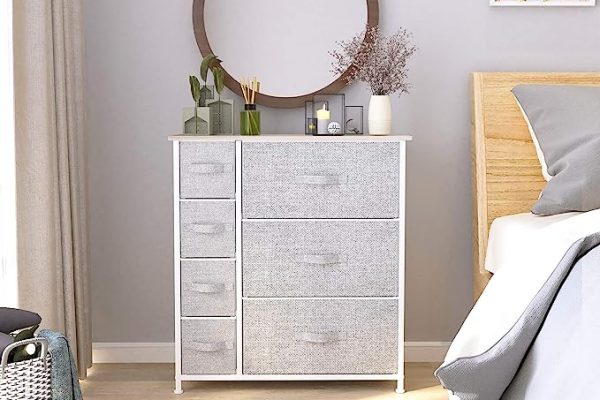

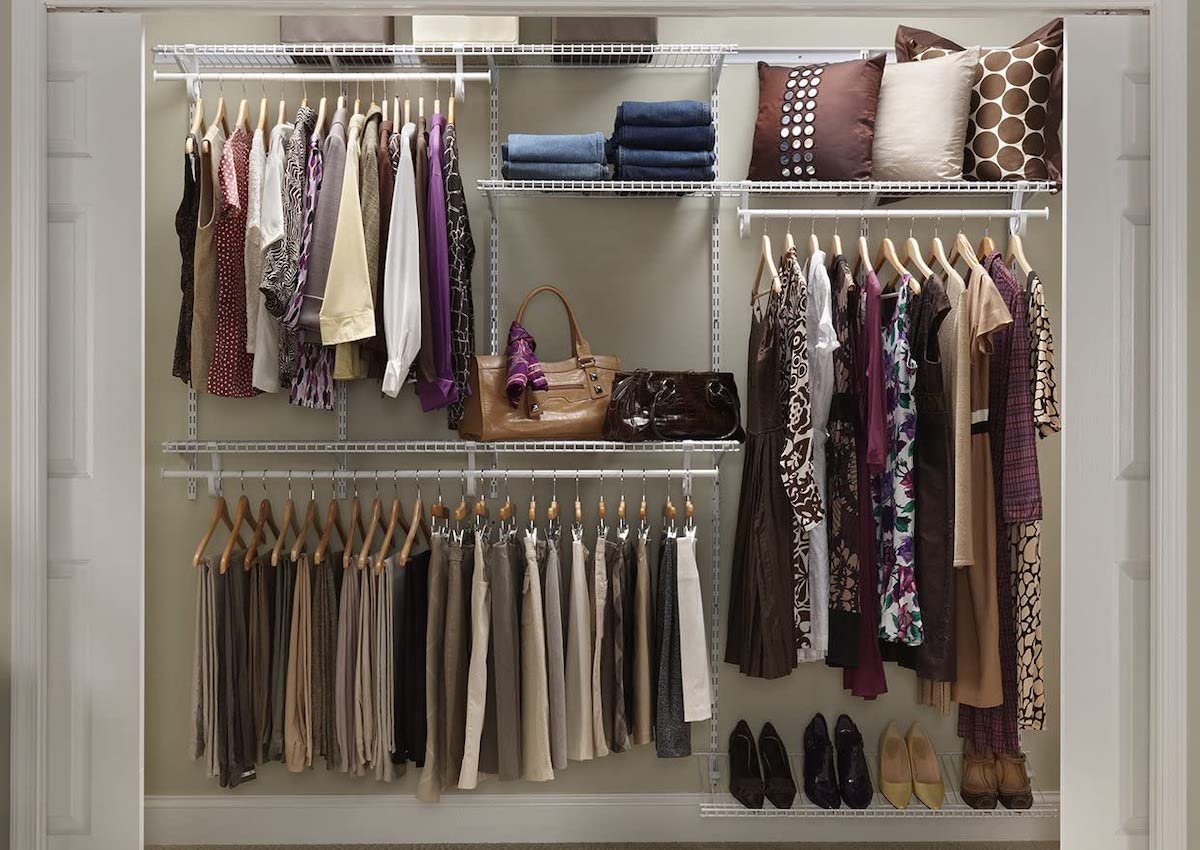

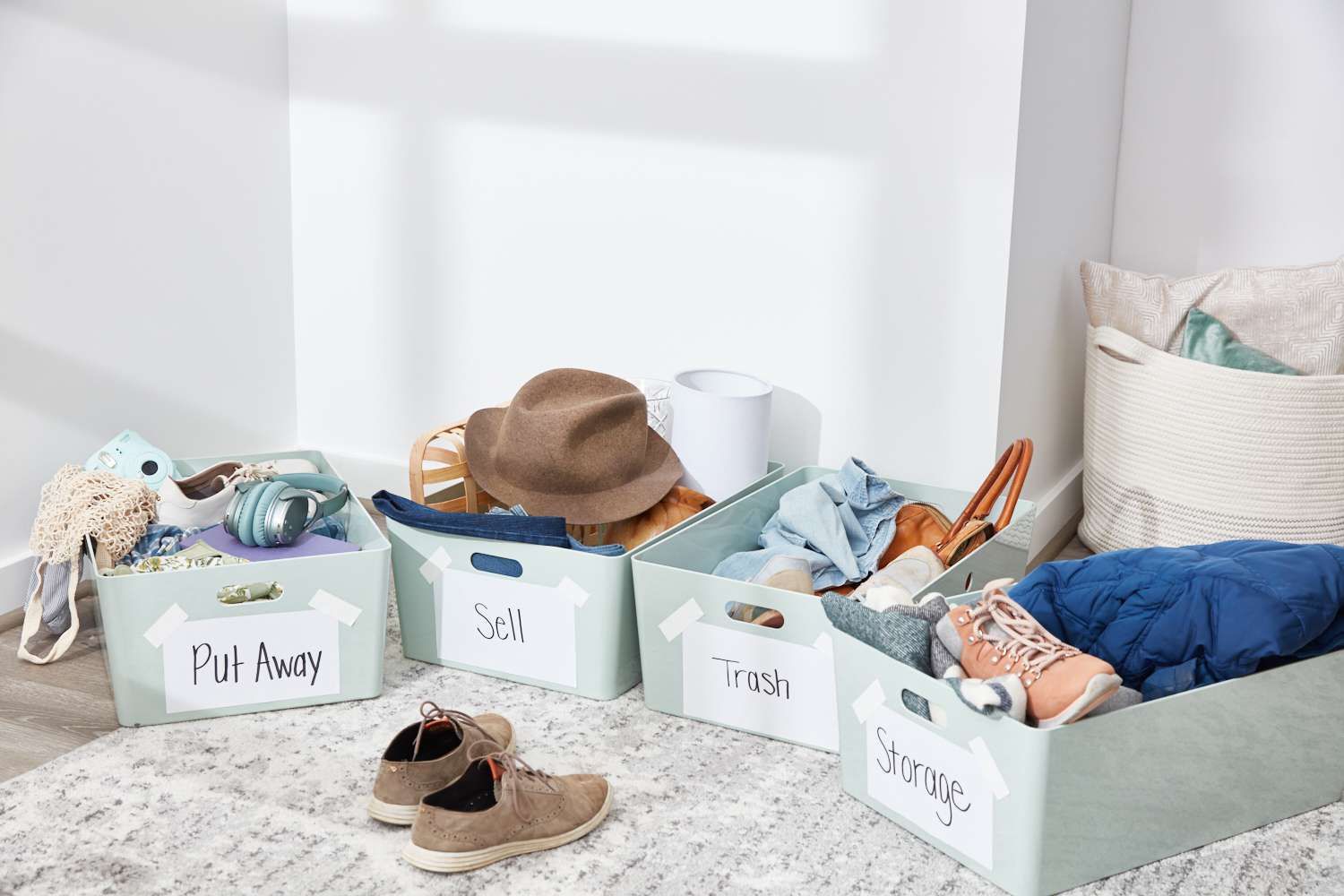



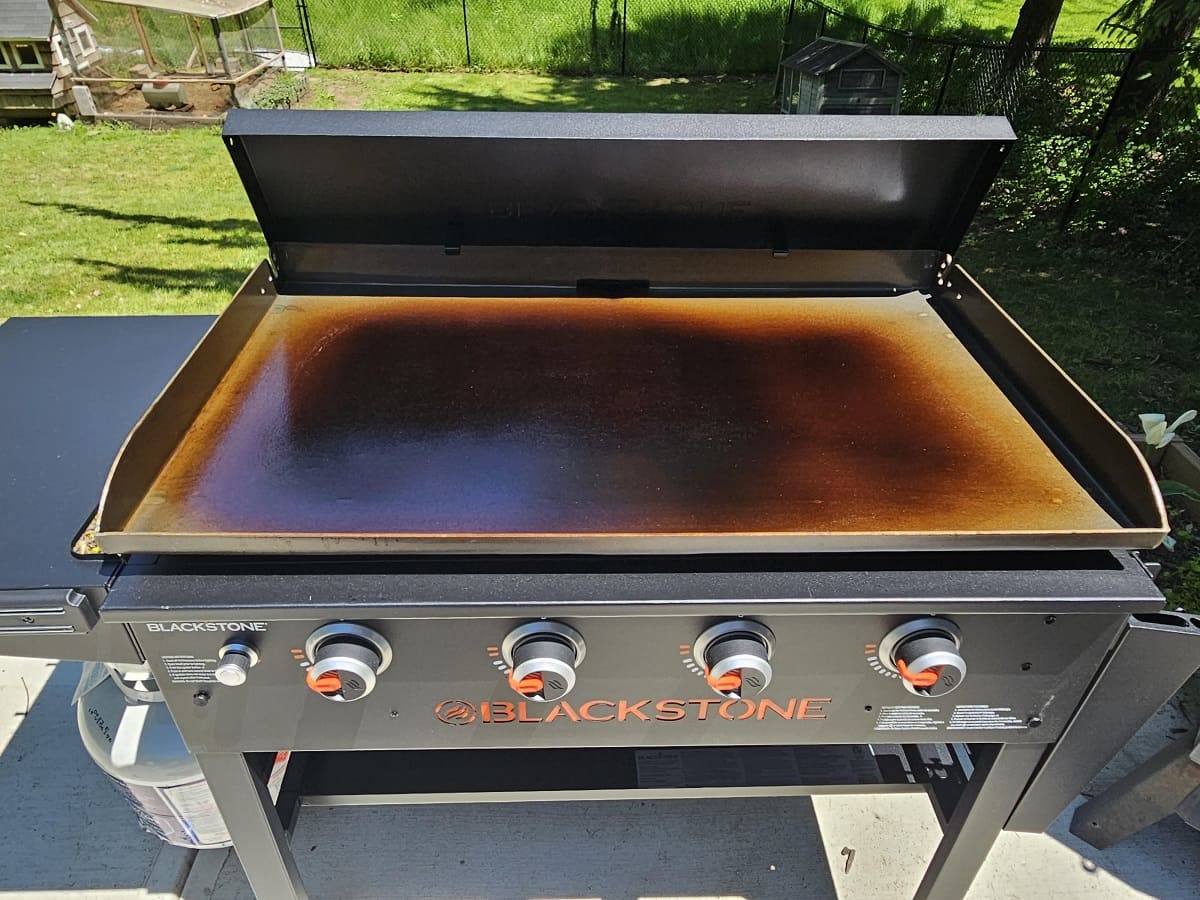



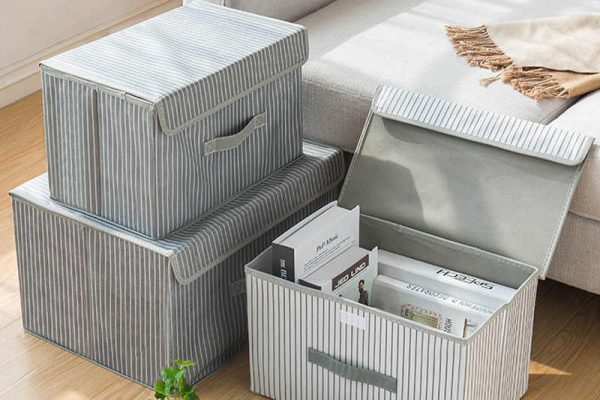
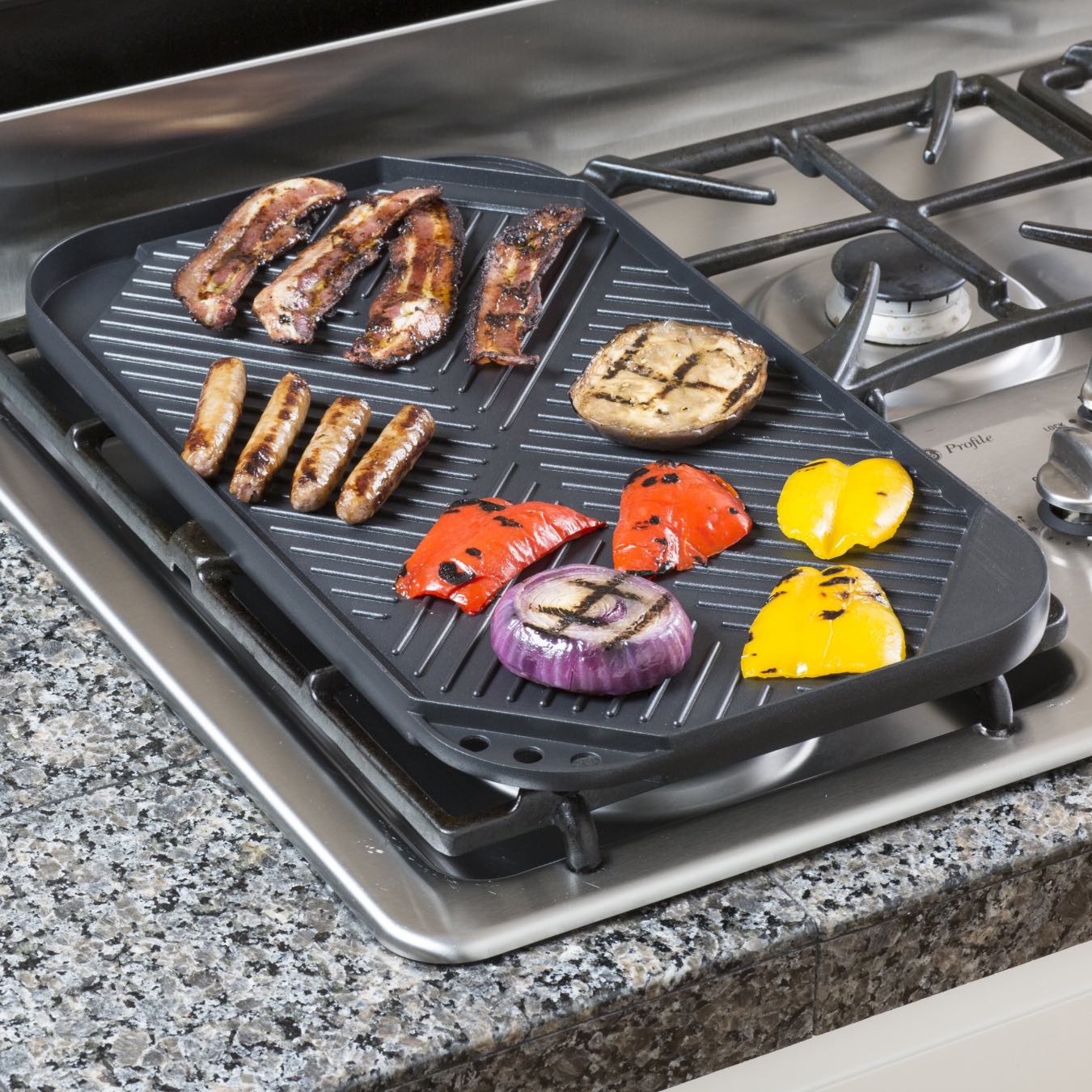

0 thoughts on “How To Organize Seasonal Clothes”